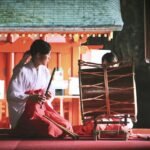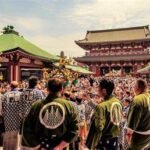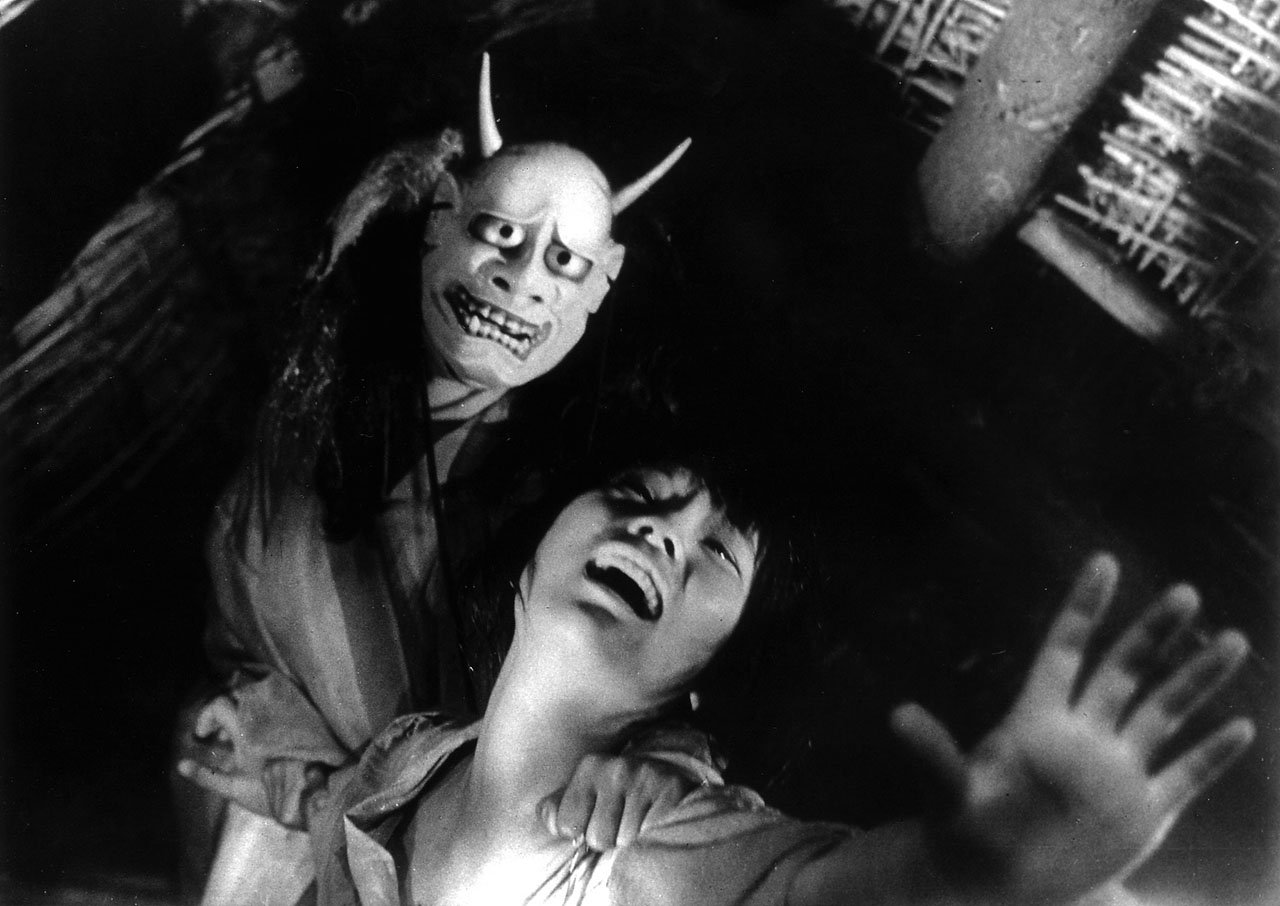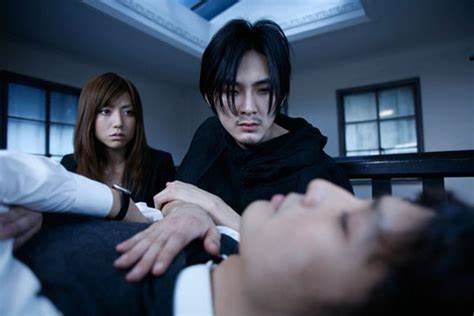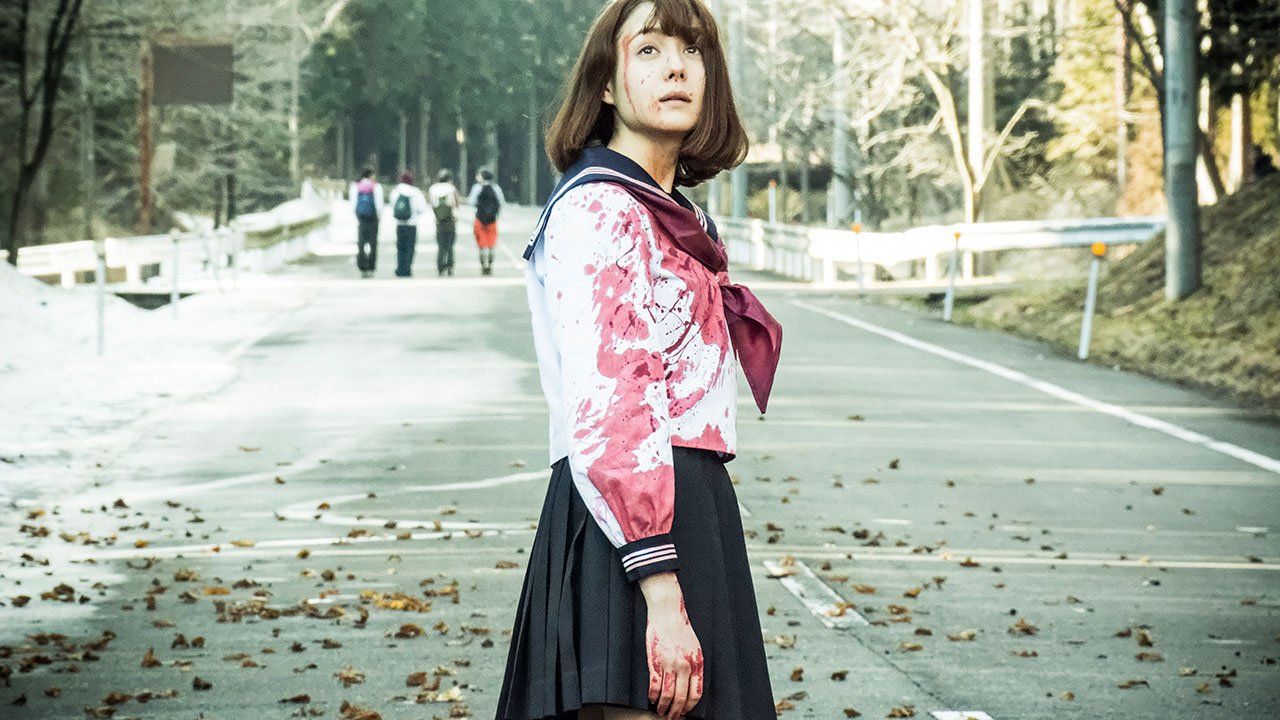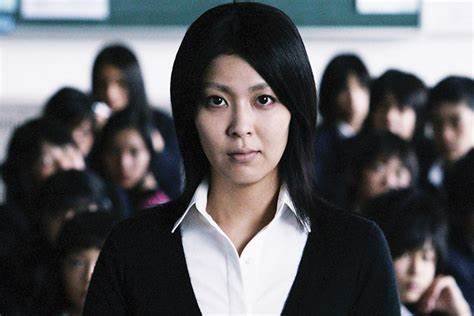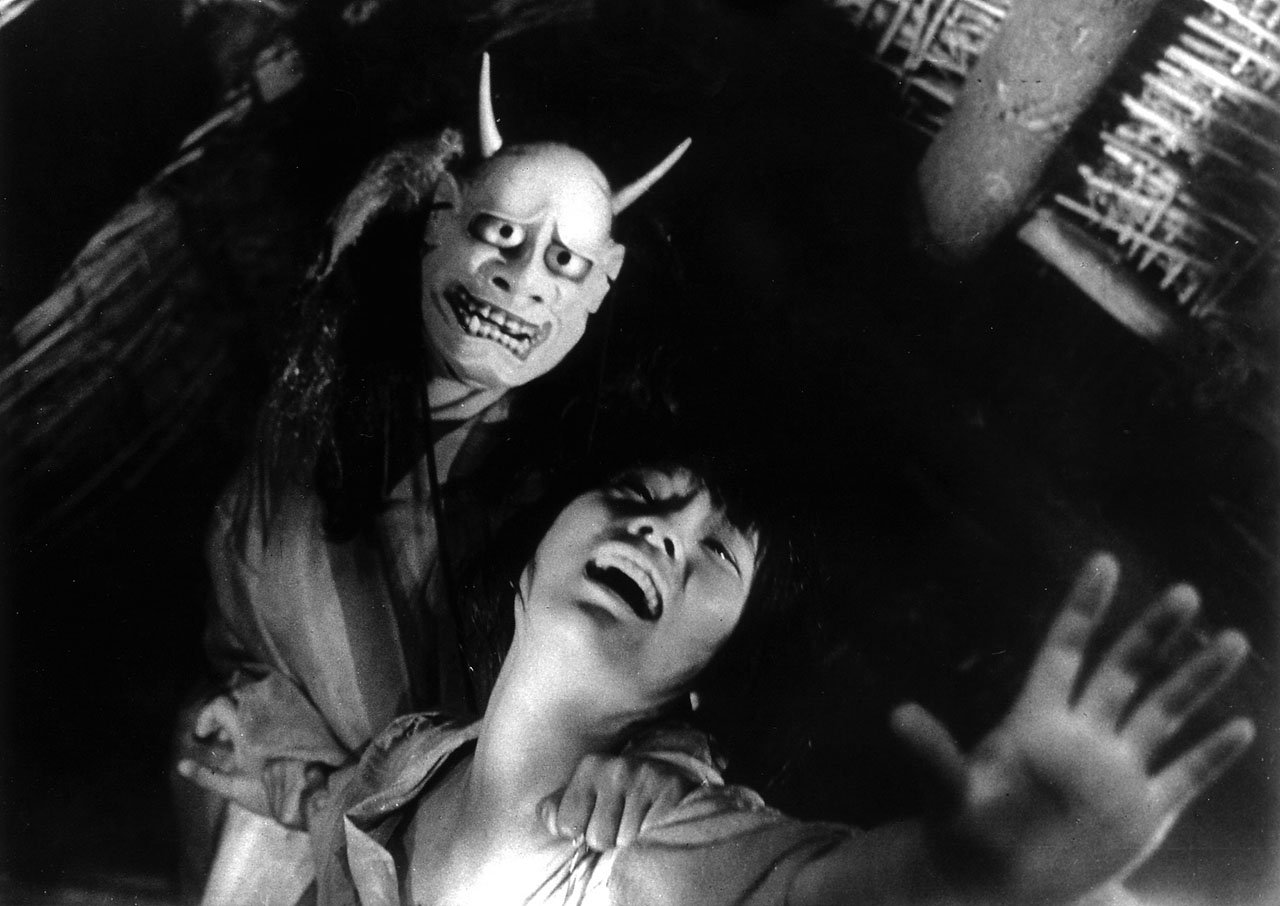First on the list is Ringu, directed by Hideo Nakata. This film is a great starting point for anyone new to Japanese horror. The story follows a cursed videotape that kills viewers after seven days. The protagonist, a journalist, tries to unravel the mystery behind the tape before her time runs out. What makes Ringu stand out is its minimal use of special effects and reliance on psychological horror. Instead of relying on loud scares, it creates an eerie atmosphere that slowly builds tension. It’s no surprise that Ringu was later adapted into a successful Hollywood remake.
2. Ju-On: The Grudge (2002)
Next, Ju-On: The Grudge is another essential film for beginners. Directed by Takashi Shimizu, it tells the story of a cursed house where tragic deaths have occurred. Those who enter the house are doomed to suffer from the vengeful spirits within. What makes Ju-On unique is its non-linear storytelling, which keeps the audience on edge. The pale, long-haired ghost is an iconic image in Japanese horror, and this film uses it to great effect. Viewers will feel the lingering terror even after the movie ends.
3. Audition (1999)
Audition, directed by Takashi Miike, is a different kind of horror film. The story starts as a simple romantic drama but quickly takes a dark turn. A widower holds auditions for a new wife, but the woman he selects has a sinister secret. The tension builds slowly, making the film’s shocking moments even more terrifying. Audition is a great example of how Japanese horror plays with the audience’s expectations, using psychological horror to create an unforgettable experience.
4. Dark Water (2002)
For those who enjoy supernatural horror, Dark Water, directed by Hideo Nakata, is a must-watch. The film follows a mother and daughter who move into a run-down apartment with a leaky ceiling. Soon, strange events start occurring, and the mother uncovers a tragic mystery. The film’s atmosphere is haunting, and its focus on emotional depth makes the horror even more impactful. If you enjoy a slow-burn thriller that leaves you uneasy, Dark Water is an excellent choice.
5. Onibaba (1964)
If you’re interested in classic Japanese horror, Onibaba is a film you shouldn’t miss. Directed by Kaneto Shindō, the film is set during a civil war and follows two women who kill soldiers to steal their possessions. When they encounter a mysterious samurai wearing a demonic mask, their lives take a terrifying turn. Onibaba uses minimal special effects and relies on a creepy atmosphere to tell its story. It’s a prime example of how Japanese horror combines folklore and psychological tension.
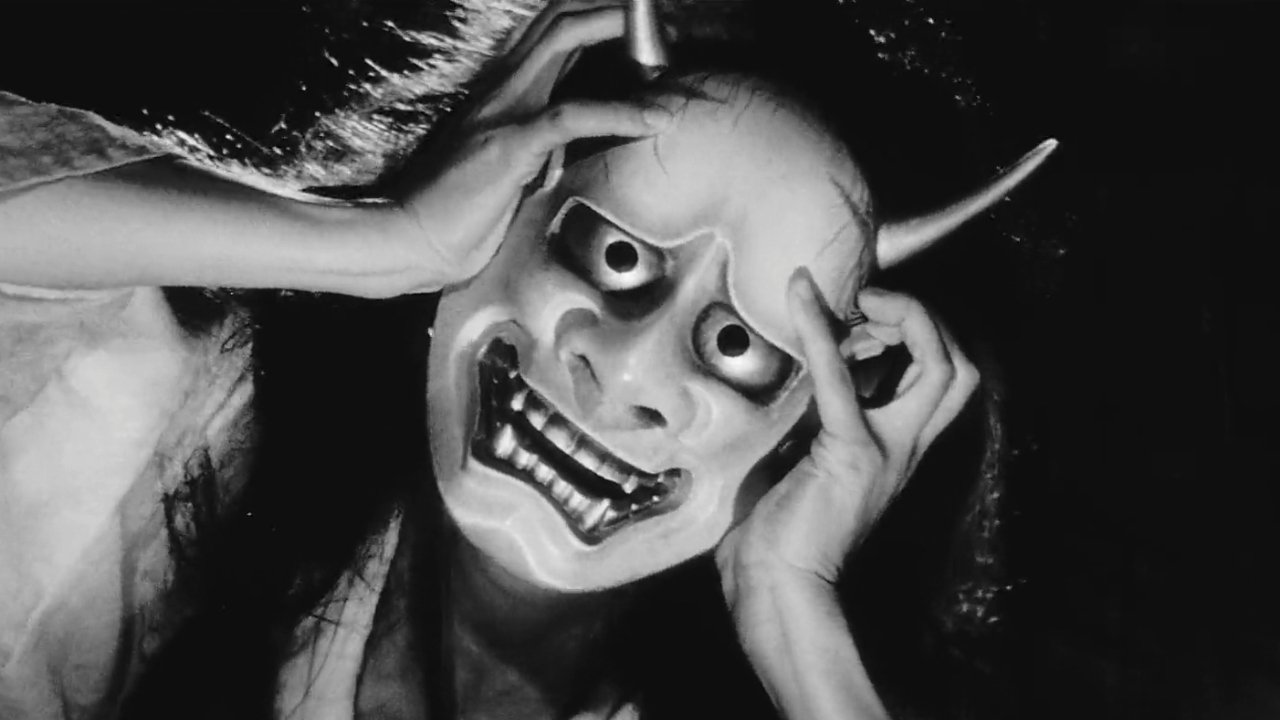
6. Noroi: The Curse (2005)
Lastly, Noroi: The Curse offers a unique experience for horror fans. Presented as a found-footage documentary, this film follows a paranormal investigator who uncovers a series of strange events linked to an ancient curse. The film’s realism and unsettling atmosphere make it one of the most frightening found-footage films ever made. The tension builds throughout the movie, leading to a disturbing and unforgettable climax. Noroi is perfect for those who enjoy psychological horror with a documentary-style twist.
Conclusion
In conclusion, Japanese horror films offer a refreshing take on the horror genre. They focus more on atmosphere and psychological depth than traditional jump scares. From the supernatural terror of Ringu and Ju-On to the psychological thrill of Audition and Noroi, there’s a wide variety of films to explore. These must-watch titles are a great introduction to the genre, offering unique storytelling that will keep you on the edge of your seat. For beginners looking to dive into the world of Japanese horror, these films provide a terrifying yet captivating experience.


